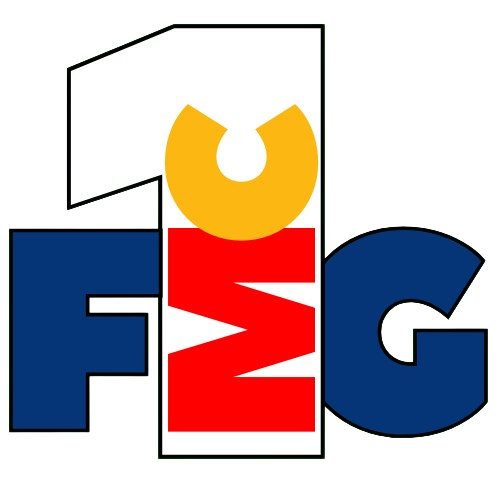Rising Palm Oil Prices Put Pressure on FMCG Margins
Soaring palm oil prices are tightening profit margins for FMCG companies, forcing them to reconsider pricing strategies and cost management. As one of the most widely used commodities in the industry, palm oil serves as a key ingredient in products ranging from edible oils and biscuits to soaps and cosmetics. With prices climbing, manufacturers are facing tough decisions on whether to absorb costs or pass them on to consumers.
Escalating Costs and Industry Impact
Palm oil prices have risen sharply due to supply chain disruptions, geopolitical tensions, and fluctuating weather conditions affecting production in Indonesia and Malaysia, the top two global suppliers. According to industry reports, crude palm oil (CPO) prices have surged by nearly 30% over the past year, directly impacting FMCG companies that rely heavily on this essential raw material.
The mounting costs are particularly challenging for brands operating in highly competitive categories such as packaged foods, personal care, and household essentials. Companies that previously benefited from stable commodity prices are now under pressure to maintain profitability while balancing consumer affordability.
Pricing Strategies and Consumer Behavior
Major FMCG players are adopting varied strategies to navigate the price volatility. While some are gradually raising product prices to offset costs, others are opting for shrinkflation—reducing pack sizes while maintaining price points to protect consumer demand. Additionally, many manufacturers are exploring alternative formulations and sourcing strategies to mitigate the impact of rising raw material costs.
Consumer response plays a crucial role in determining the effectiveness of these measures. With inflationary pressures affecting household budgets, price-sensitive shoppers may shift to private-label brands or value-for-money alternatives, posing a risk to market share for established players.
Market Outlook and Future Considerations
Industry analysts suggest that palm oil prices may remain volatile in the short to medium term, influenced by global trade policies, production forecasts, and demand from key importing nations. FMCG companies will need to stay agile, leveraging supply chain efficiencies and cost optimization measures to sustain growth in a challenging pricing environment.
As the sector navigates these economic headwinds, strategic pricing, innovation, and consumer engagement will be critical in maintaining market resilience. Brands that effectively adapt to fluctuating raw material costs while retaining customer loyalty will be better positioned for long-term success.

